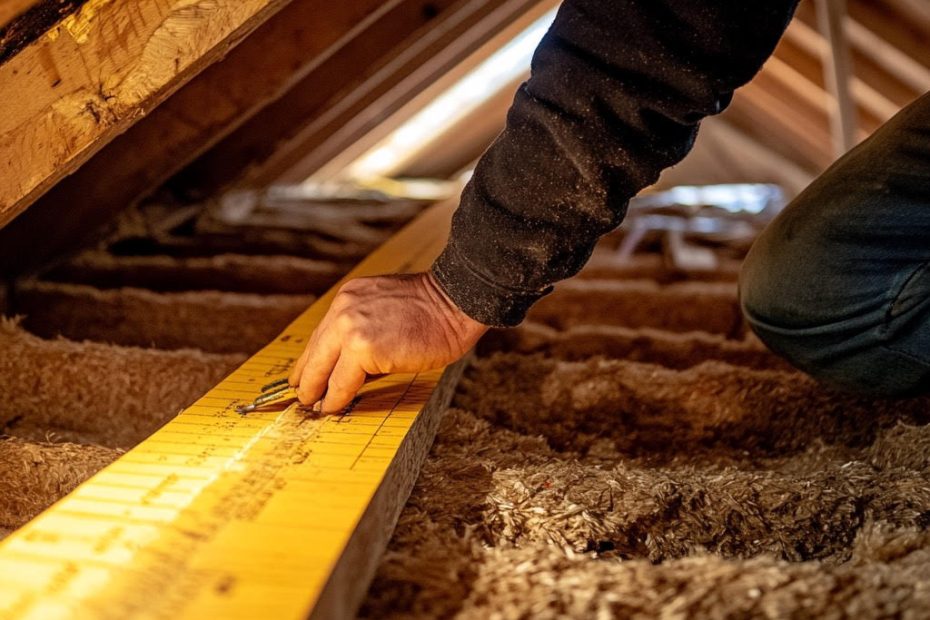Understanding Roof-to-Wall Connections: Types and Differences
Roof-to-wall connections are a critical component of wind mitigation in Florida homes, playing a significant role in how well a structure can withstand hurricane-force winds. These connections secure the roof to the walls of the house, reducing the risk of roof uplift during strong storms.
For homeowners in the Tampa and St. Petersburg area, understanding the different types of roof-to-wall connections can help ensure your home is properly protected and maximize potential insurance discounts. Let’s explore the main types of connections, their differences, and why they matter.
1. Toe Nails
Description:
Toe nails are the simplest and least secure type of roof-to-wall connection. They involve angled nails driven through the roof truss and into the top plate of the wall. They can also include what some inspectors commonly refer to as a “clip”, however clips require THREE nails. Clips with TWO nails are considered toe nails.
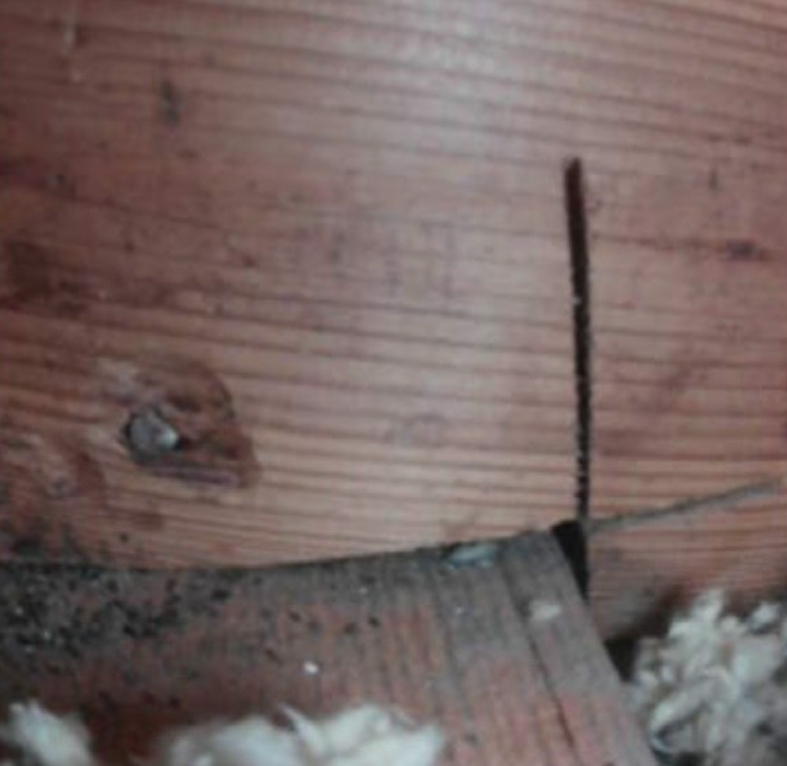
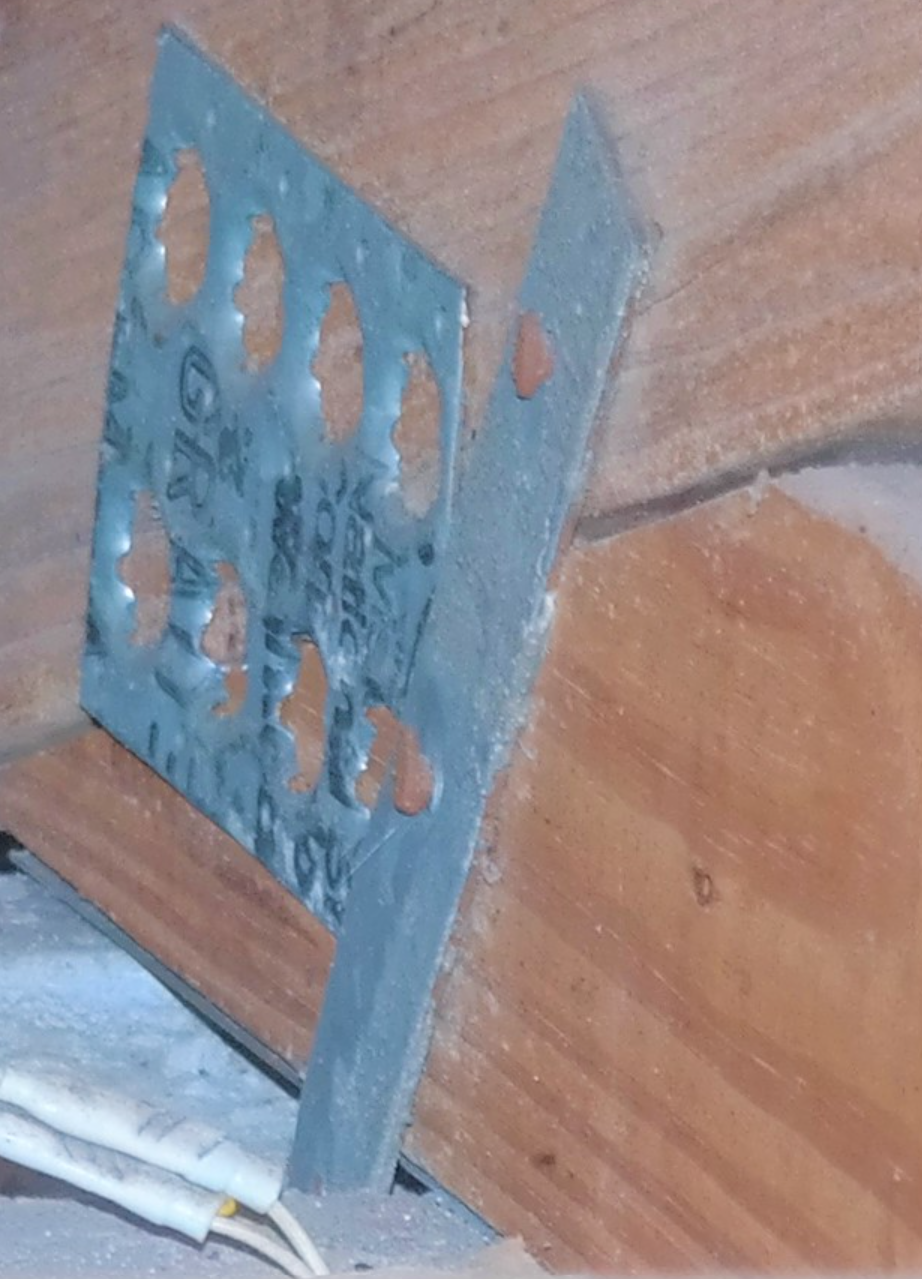
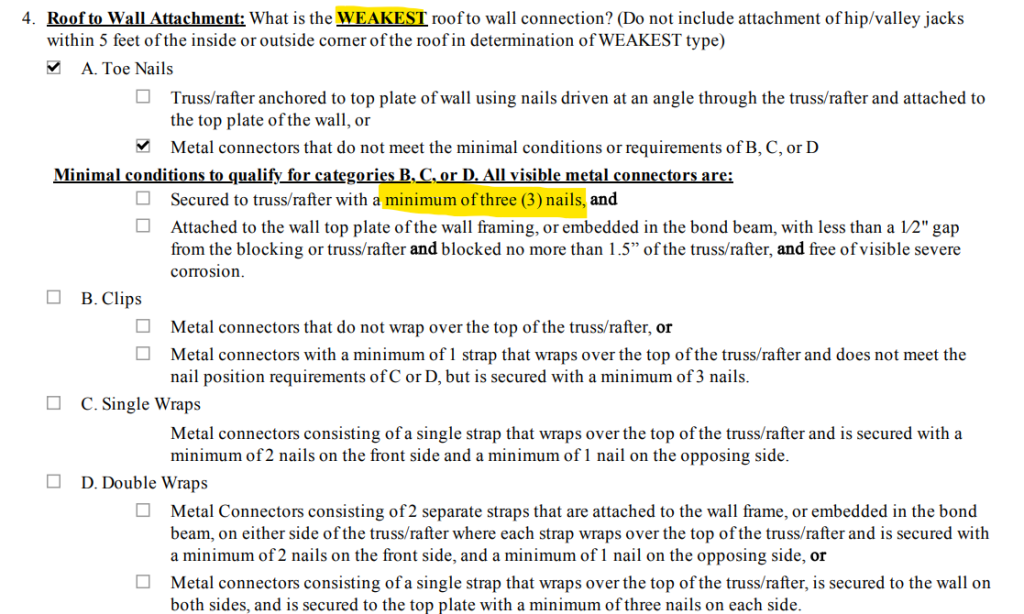
Pros:
- Common in older homes
- Easy to install
Cons:
- Provides minimal resistance to uplift forces
- Offers the lowest wind mitigation credit on inspection forms
Why It Matters:
Homes with toe nails are at a higher risk of roof failure during hurricanes. Upgrading to stronger connections can significantly improve wind resistance and reduce insurance premiums.
2. Clips
Description:
Clips are metal brackets that secure the roof trusses to the wall plate. To qualify for wind mitigation credit, clips must be fastened with AT LEAST THREE NAILS.
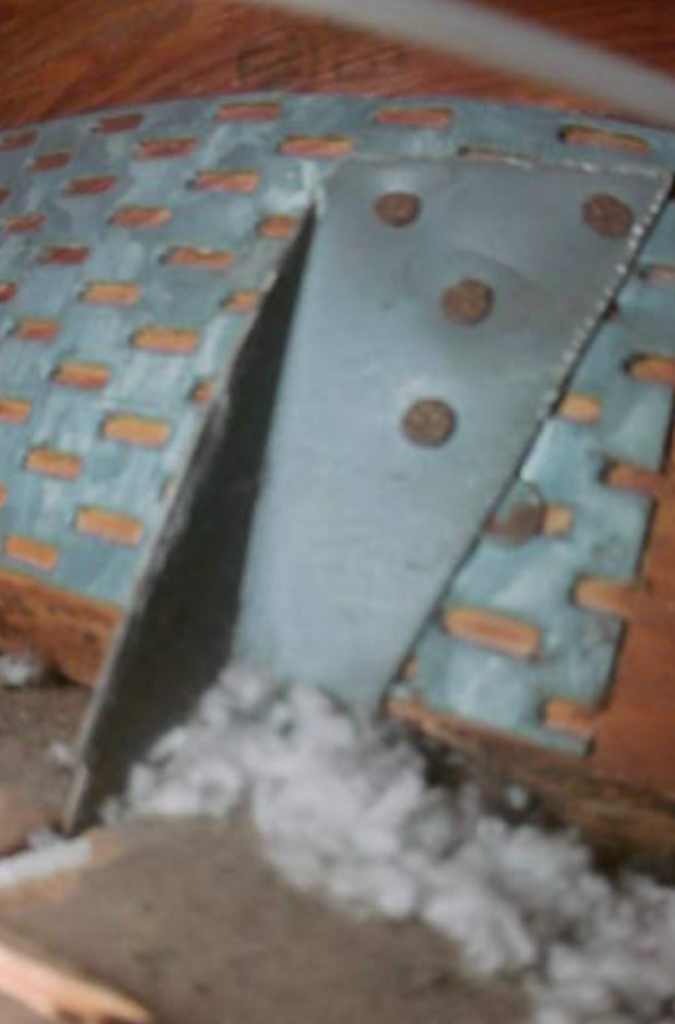
Pros:
- Provides moderate resistance to uplift forces
- Offers better wind mitigation credit than toe nails
Cons:
- Clips with only two nails are classified as toe nails on wind mitigation forms, leading to reduced credits. Refer to the toe nail section to see an example of this.
Why It Matters:
Ensure your clips meet the three-nail requirement to maximize insurance discounts and improve your home’s storm resilience. There are many local companies that specialize in this type of retrofit.
3. Single Wraps
Description:
Single wraps are metal straps that wrap over the top of the roof truss and are secured to both sides of the wall plate with nails.
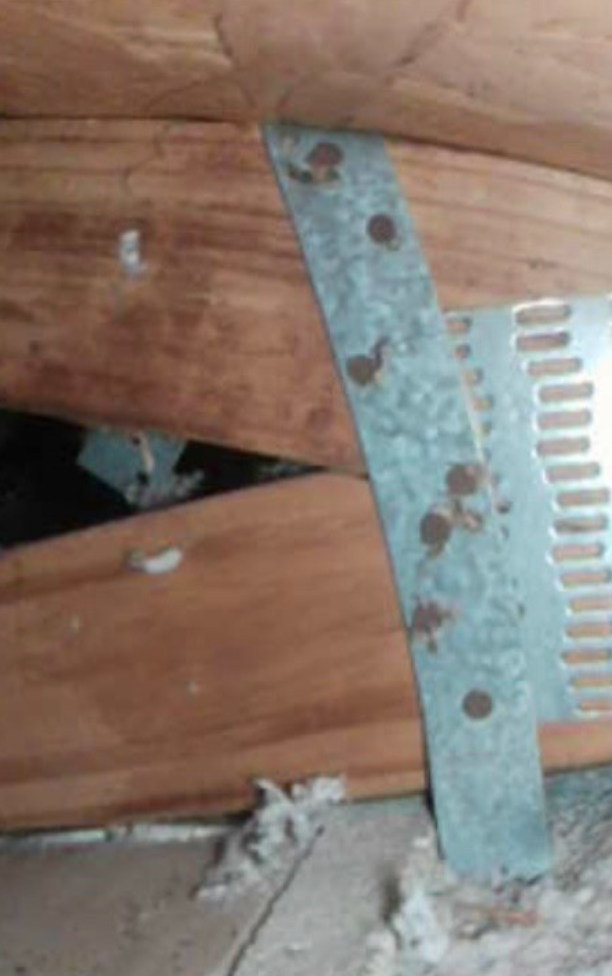
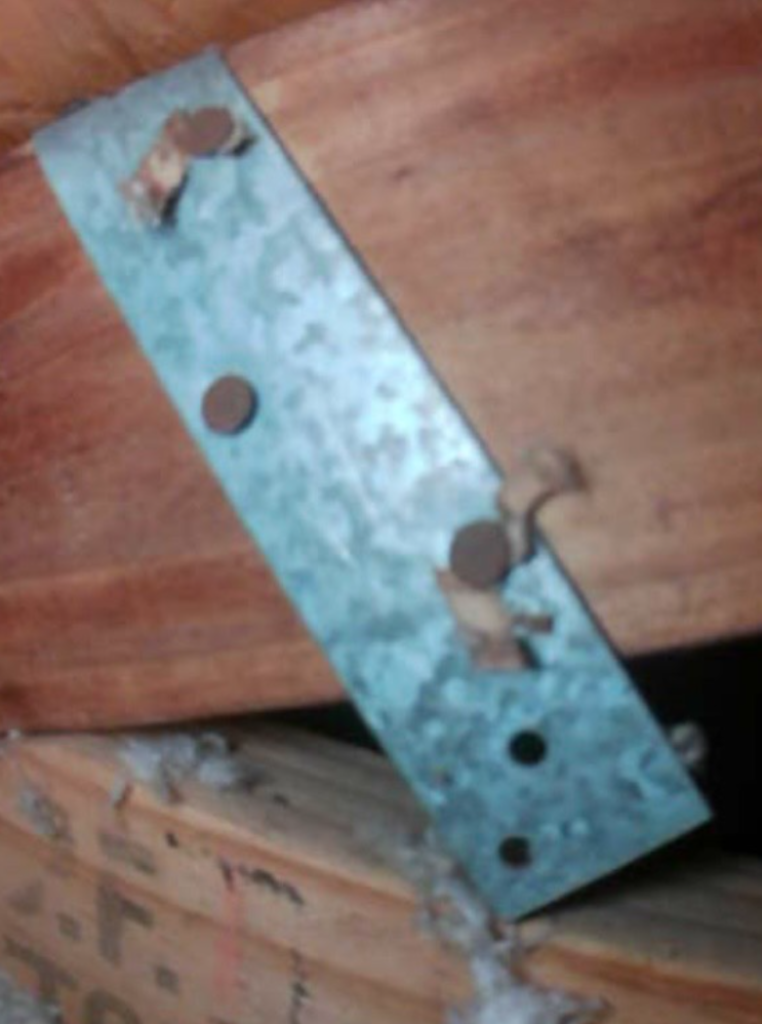
Pros:
- Stronger than clips
- Offers significant wind resistance
- Qualifies for higher insurance discounts
Cons:
- More expensive and labor-intensive to install compared to toe nails or clips
Why It Matters:
Single wraps provide a robust connection that can withstand severe wind conditions, making them a preferred choice for wind mitigation upgrades.
4. Double Wraps
Description:
Double wraps are similar to single wraps but involve two straps that secure the roof truss from both sides. This is MUCH more rare and not typically seen during an inspection.
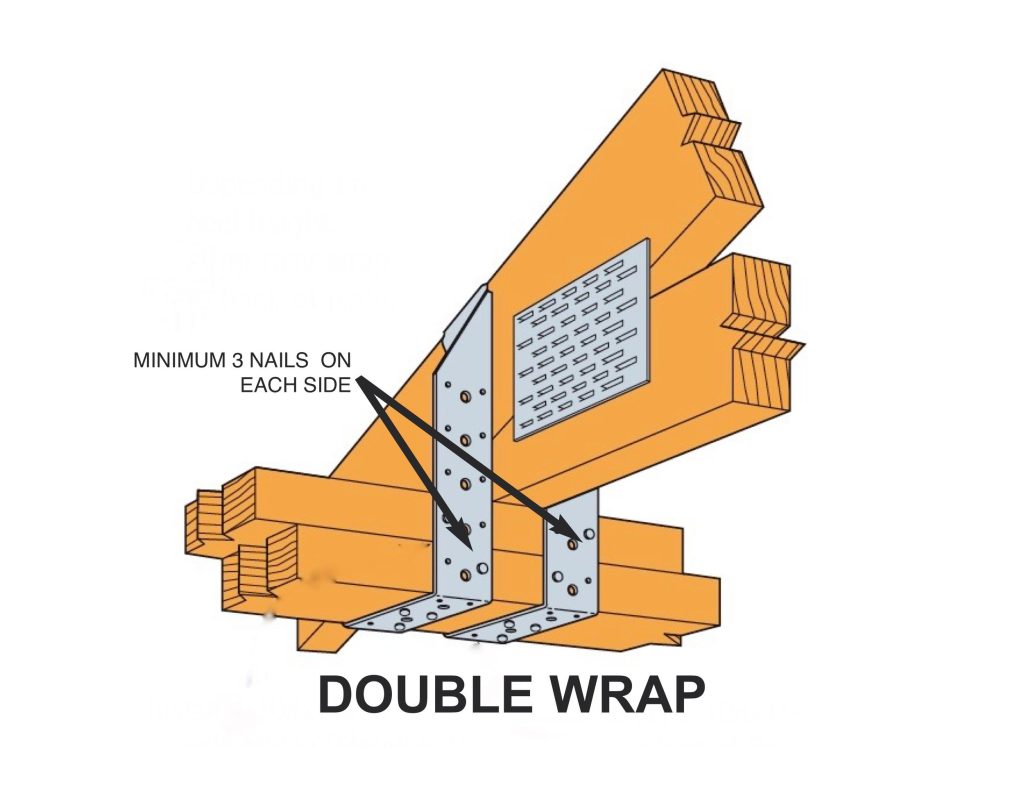
Pros:
- Provides the highest level of uplift resistance
- Qualifies for the maximum wind mitigation credit
Cons:
- Typically used in new construction or major roof retrofits
- Higher cost and labor requirements
Why It Matters:
For homeowners looking for the best possible protection, double wraps are the gold standard for roof-to-wall connections.
Key Considerations for Roof-to-Wall Connections
- Insurance Credits
Insurance companies offer significant discounts for stronger connections. Homes with double wraps receive the highest credits, while homes with toe nails receive the least. - Retrofit Options
Many older homes in Tampa and St. Petersburg still have toe nails or inadequate clips. Retrofitting these connections can enhance safety and reduce insurance costs. - Inspection Accuracy
Ensure your wind mitigation inspection accurately documents the type and condition of your roof-to-wall connections. Incorrect classifications, such as clips with two nails being marked as toe nails, can impact your insurance credits.
Why Roof-to-Wall Connections Matter
Roof-to-wall connections are a small but vital component of your home’s structural integrity. Upgrading to stronger connections not only protects your home during hurricanes but also provides peace of mind and financial savings.
Conclusion
Understanding the differences between toe nails, clips, single wraps, and double wraps is essential for Florida homeowners. By ensuring your roof-to-wall connections meet or exceed wind mitigation standards, you can enhance your home’s safety, qualify for insurance discounts, and increase its overall value.
If you’re unsure about the condition of your roof-to-wall connections, contact Cooper Home Inspections, LLC. We provide thorough wind mitigation inspections to help you make informed decisions and ensure your home is ready for hurricane season.
